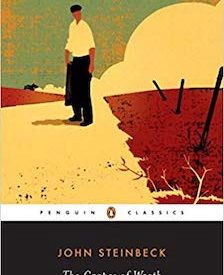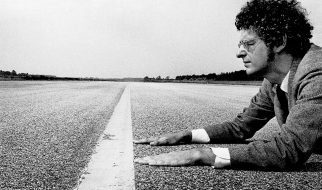
Getting ready to travel abroad this summer? Or just wish you were? Consider adding one more item to your prep list: a book.
Good books transport you through time and place and across cultural barriers. By peering into a specific point in history or another way of life, readers gain a better understanding of the world ? and become better prepared to communicate across cultures as they explore the world firsthand.
World Learning ? together with The Experiment in International Living and School for International Training ? asked our Instagram followers to share their favorite books that capture another country or culture. Here are some of their favorites, and ours:
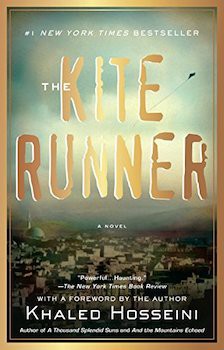
Afghanistan
The Kite RunnerBy Khaled Hosseini
In 2003, with the publication of his debut novel, Khaled Hosseini gave readers around the world insight into the history, culture, and people of his native Afghanistan. The Kite Runner remains a modern classic, portraying the tragic friendship of two young boys to explore themes of betrayal, redemption, and the complicated relationships between fathers and sons.
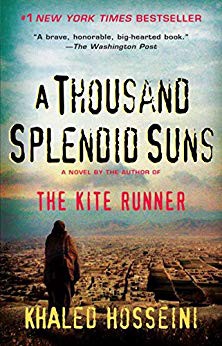
A Thousand Splendid Suns By Khaled Hosseini
Following up on The Kite Runner?s success, Khaled Hosseini next turned his literary focus on the treatment of women and girls in Afghan society. A Thousand Splendid Suns tells the story of a friendship that grows between two women who have no choice but to marry the same abusive husband ? and the sacrifice that helps them break free from his grip.
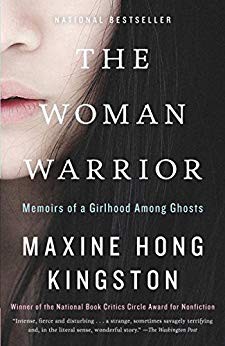
China and the U.S.
The Woman Warrior By Maxine Hong Kingston
What does it mean to be a woman and an immigrant who is both Chinese and American? In her award-winning 1976 novel The Woman Warrior, writer Maxine Hong Kingston explores that question through a story that blends the myths and fictions of her Chinese heritage with her own memories of growing up an immigrant in California.
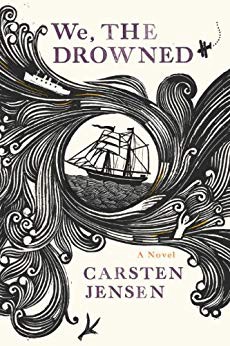
Denmark
We, the DrownedBy Carsten Jensen
We, the Drowned offers a glimpse into the seafaring way of life in Marstal, Denmark in 1848. In this Scandinavian port, children dream of the day that they, like their fathers, can take to the seas; meanwhile, wives and mothers wait nervously for their return. Though Carsten Jensen?s tale centers on one family, its wide lens captures the broader perspective of maritime living.
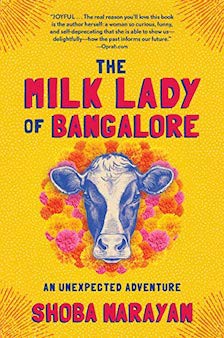
India
The Milk Lady of BangaloreBy Shoba Narayan
Explore the streets of Bangalore through the eyes of Shoba Narayan, a writer who has returned home after years of living in the United States. Upon striking up a friendship with a local milk lady ? and agreeing to buy her a new cow ? Shoba embarks on an adventure that illuminates the culture and customs of an Indian city that is at once ancient and modern.
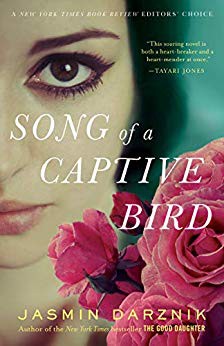
Iran
Song of a Captive BirdBy Jasmin Darznik
Song of a Captive Bird imagines the untold story of real-life Persian poet Forugh Farrokhzad, who rebelled against society with her body of uncompromisingly feminist work exposing the desires and realities of women in Iran. Against the backdrop of the Iranian revolution, novelist Jasmin Darznik explores Persian culture through the eyes of one of its groundbreaking writers.
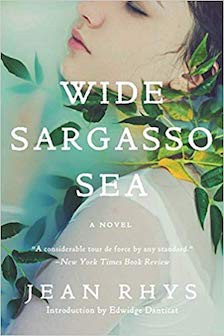
Jamaica and the Caribbean
Wide Sargasso SeaBy Jean Rhys
In this prequel to Jane Eyre, writer Jean Rhys traces how Creole heiress Antoinette Cosway became the ?madwoman? in the attic of Thornfield Hall. The novel reveals Antoinette?s difficult childhood on a sugar plantation in Jamaica and troubled marriage to Mr. Rochester, exploring how colonialism and patriarchy shaped the characters of Charlotte Bront?s classic novel.
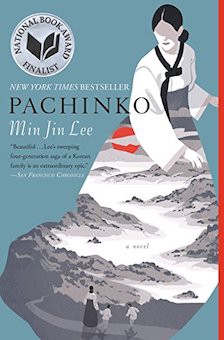
Japan and Korea
PachinkoBy Min Jin Lee
Deepen your understanding of the complex history between Korea and Japan through this award-winning novel. Beginning in the early 20th century with Japan?s colonization of Korea, Pachinko tells the saga of a Korean immigrant family throughout four generations as they leave their homeland and struggle to build a life in Japan.
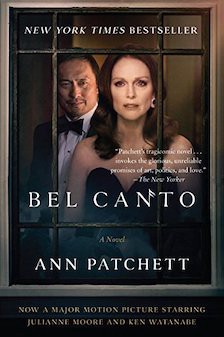
Multicultural
Bel CantoBy Ann Patchett
Set in an unnamed South American country, Bel Canto tells the story of high-profile diplomats, business executives, and a famous opera soprano who are taken hostage by local terrorists during a party. Over several months, the hostages form relationships with each other and their captors in this exploration of how relationships grow across cultures and language barriers.

Nigeria
Things Fall ApartBy Chinua Achebe
Things Fall Apart chronicles tribal life in a pre-colonial Nigerian village ? and how everything changes with the arrival of European missionaries. At the center of the story is Okonkwo, a wrestling champion and village leader who loses his place in his community and then faces the deeper tragedy of watching the forces of colonialism destroy his culture.
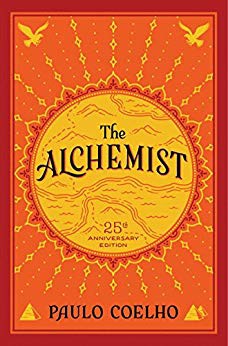
North Africa
The AlchemistBy Paulo Coelho
Essential reading for any traveler, The Alchemist traces the journey of Santiago, an Andalusian shepherd who sets out for Egypt to seek the treasures he dreamed he?d find amid its great pyramids. Through a series of mystical encounters as he makes his way across the continent, Santiago instead discovers himself and his destiny.
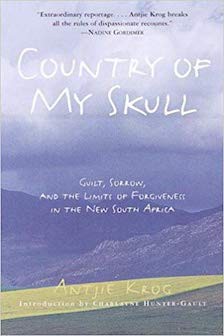
South Africa
Country of My SkullBy Antjie Krog
Country of My Skull is both an exploration and a reflection on post-Apartheid South Africa. In this work, journalist Antjie Krog recounts the testimonies ? from apartheid victims and oppressors ? that arose from Nelson Mandela?s Truth and Reconciliation Commission, while also weaving in her own observations and experiences.
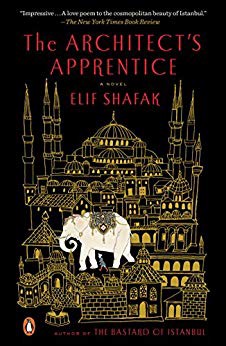
Turkey
The Architect?s Apprentice By Elif Shafak
The Architect?s Apprentice is a fitting read for anyone who has dreamed of visiting the architectural jewels of the Ottoman Empire. Set in 16th century Istanbul, this novel follows a 12-year-old boy named Jahan as he becomes apprentice to the empire?s real-life chief architect, Mimar Sinan, helping him create works like the famous Selimiye Mosque amid palace intrigue.

United States
The Grapes of WrathBy John Steinbeck
In his classic novel, John Steinbeck depicted the struggles that U.S. families in the Dust Bowl ? a drought-stricken region of the country ? faced during the Great Depression. Grapes of Wrath follows the migration of the Joad family from their farm in Oklahoma to the more bountiful California. There, they discover that their troubles are far from over.
